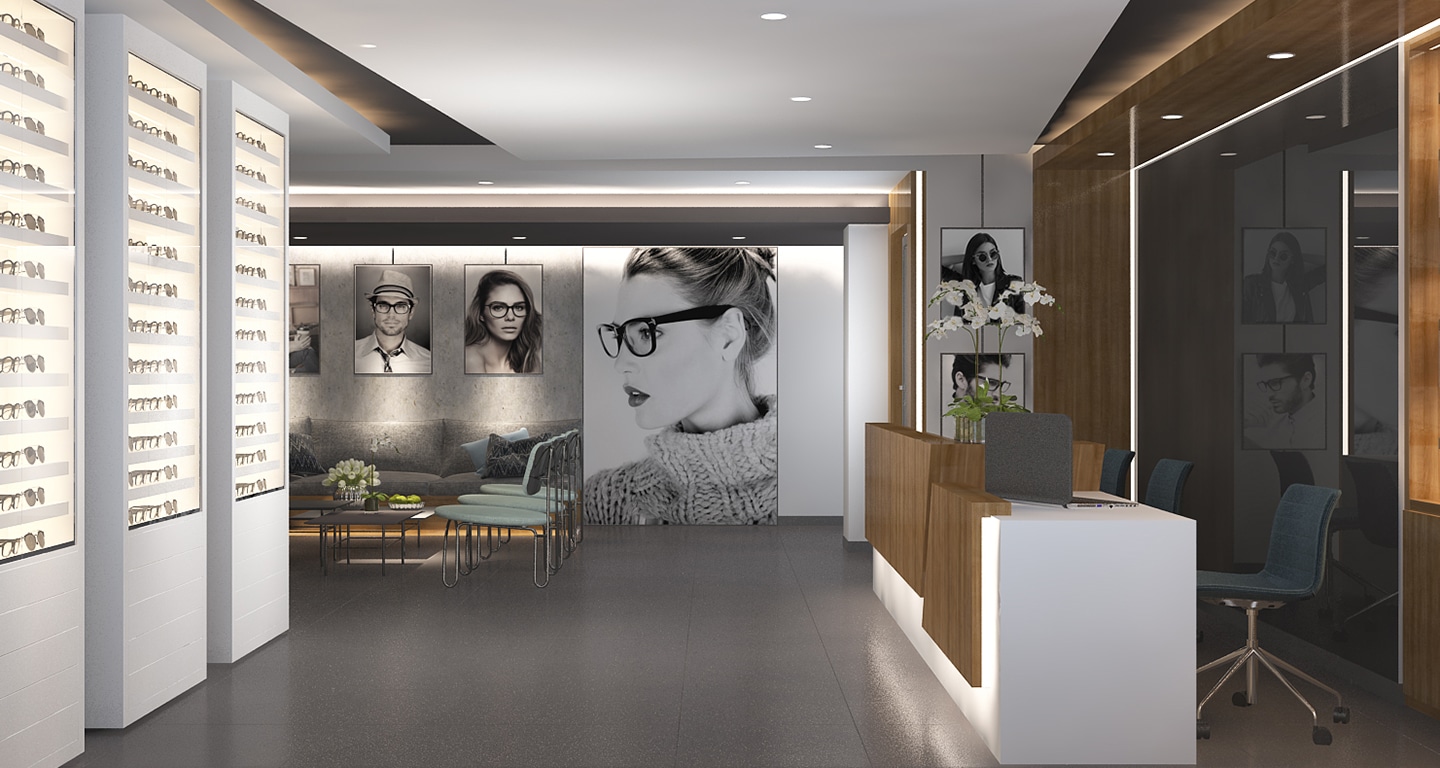Blepharoplasty
With age, the muscles and skin around your eyes may start to weaken and stretch, leading to a tired, droopy eyelid appearance. It’s not uncommon for fat to gather above or below your eyes, further adding to this effect. Luckily, there is the option for eyelid surgery called a blepharoplasty.
Understanding Blepharoplasty
Blepharoplasty is a surgical procedure designed to rectify sagging, droopy eyelids. It can be performed on the upper eyelids, lower eyelids, or sometimes both. This surgery is not only carried out to correct aesthetic problems. Excessively saggy eyelids can interfere with your vision too, making daily tasks more difficult.
Are You a Candidate for Eyelid Surgery (Blepharoplasty)?
Consider blepharoplasty if you have:
- Saggy, droopy upper or lower eyelids
- Excess skin on your upper eyelids that affects peripheral or central vision
- Bags or excess fat under your eyes
- Excess skin on your lower eyelids
Blepharoplasty can rejuvenate your face, creating a more youthful, alert look. Please note, however, that the procedure may not be suitable for everyone. In certain instances, alternative procedures such as brow or facelifts might better suit your needs.
The Blepharoplasty Procedure
Blepharoplasty is typically an outpatient procedure that takes between one to three hours to complete. Prior to starting, your surgeon will administer numbing medication to your eyelids and provide sedatives to help you relax.
The specific steps of your procedure will depend on whether you’re having surgery on your upper or lower eyelids, or both.
Upper Blepharoplasty Procedure:
An incision is made along the natural crease of your upper eyelid to help hide any scarring post-procedure. Through this incision, excess skin, muscle, and fat are removed. Once the necessary adjustments are made, the incision is closed using sutures. An upper blepharoplasty procedure can often be performed in your doctor’s office instead of a surgery center.
Lower Lid Blepharoplasty Procedure:
For the lower eyelids, the incision is made just below the lashes or inside the lower eyelid. The excess skin, fat, and muscle are then removed through this incision. The incision is subsequently closed using sutures.
Recovery After Blepharoplasty
After the procedure, you will rest for a while at the surgery center before being discharged. This resting period allows the anesthesia to wear off slightly, and your surgeon will explain the appropriate after-care procedures.
Ensure you have someone to drive you home after the procedure. Once you’re home, follow the after-care instructions provided and get ample rest. It’s essential to use all of your medications as directed for the recommended duration to aid healing and prevent infection.
Bruising and swelling generally subside within 14 days. Scars from the procedure can take a few months to fade, so it is vital to protect your eyelid skin from sun exposure during this time. Full results are typically visible within a few months, so it’s crucial to be patient and communicate any concerns during your follow-up visits.
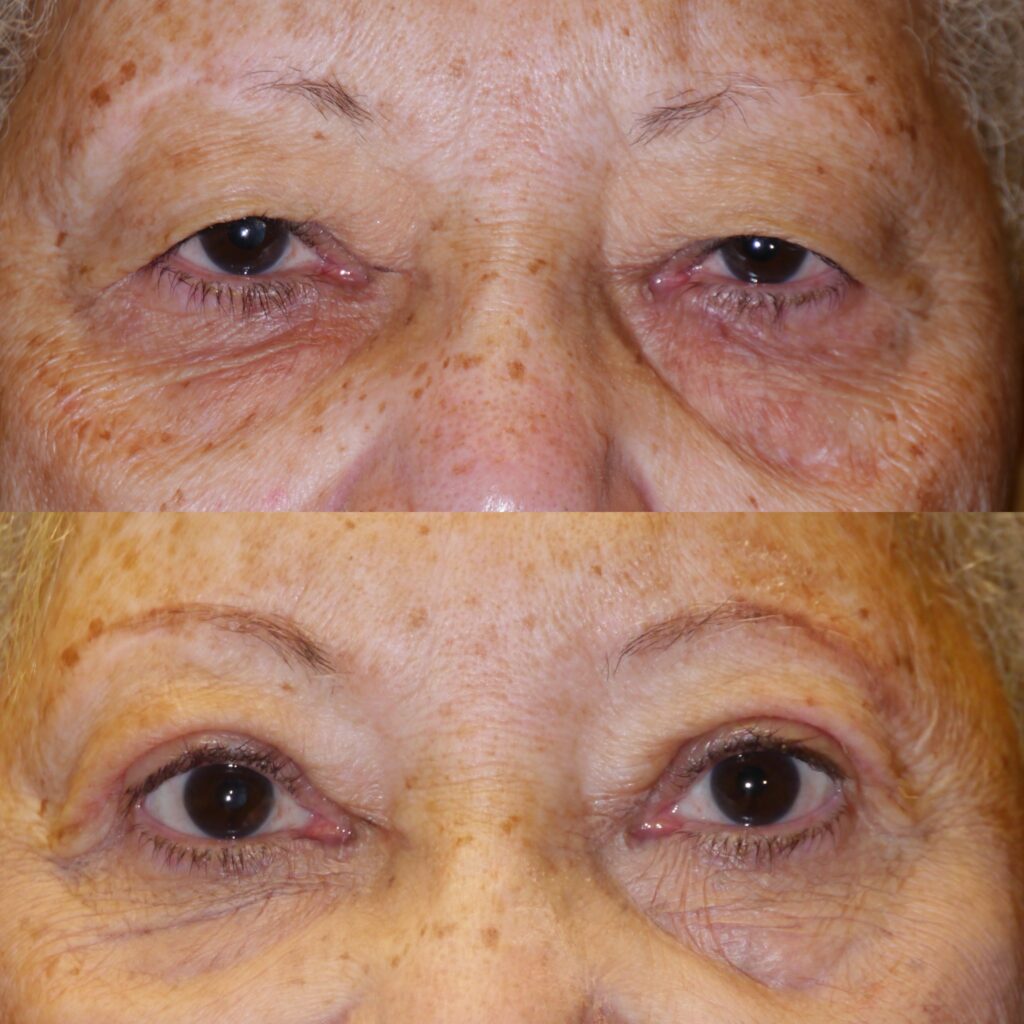
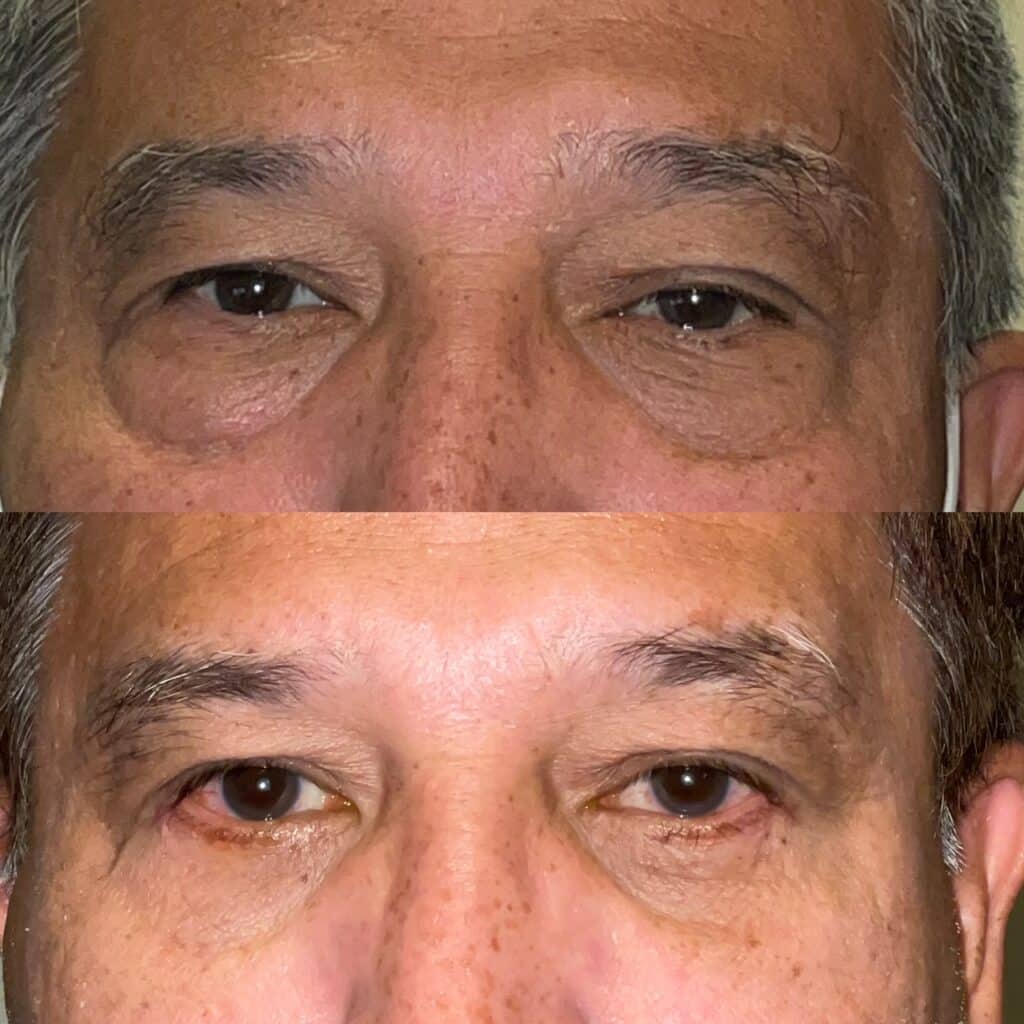
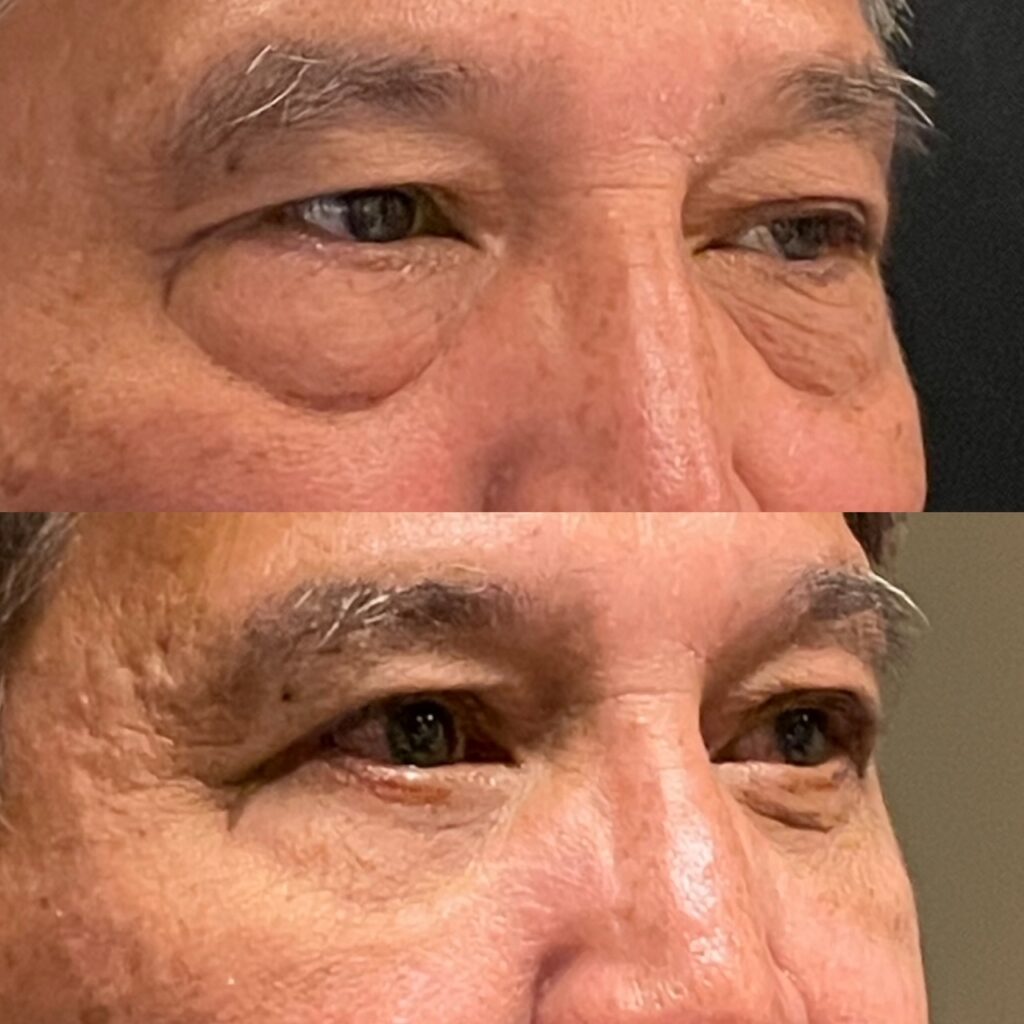
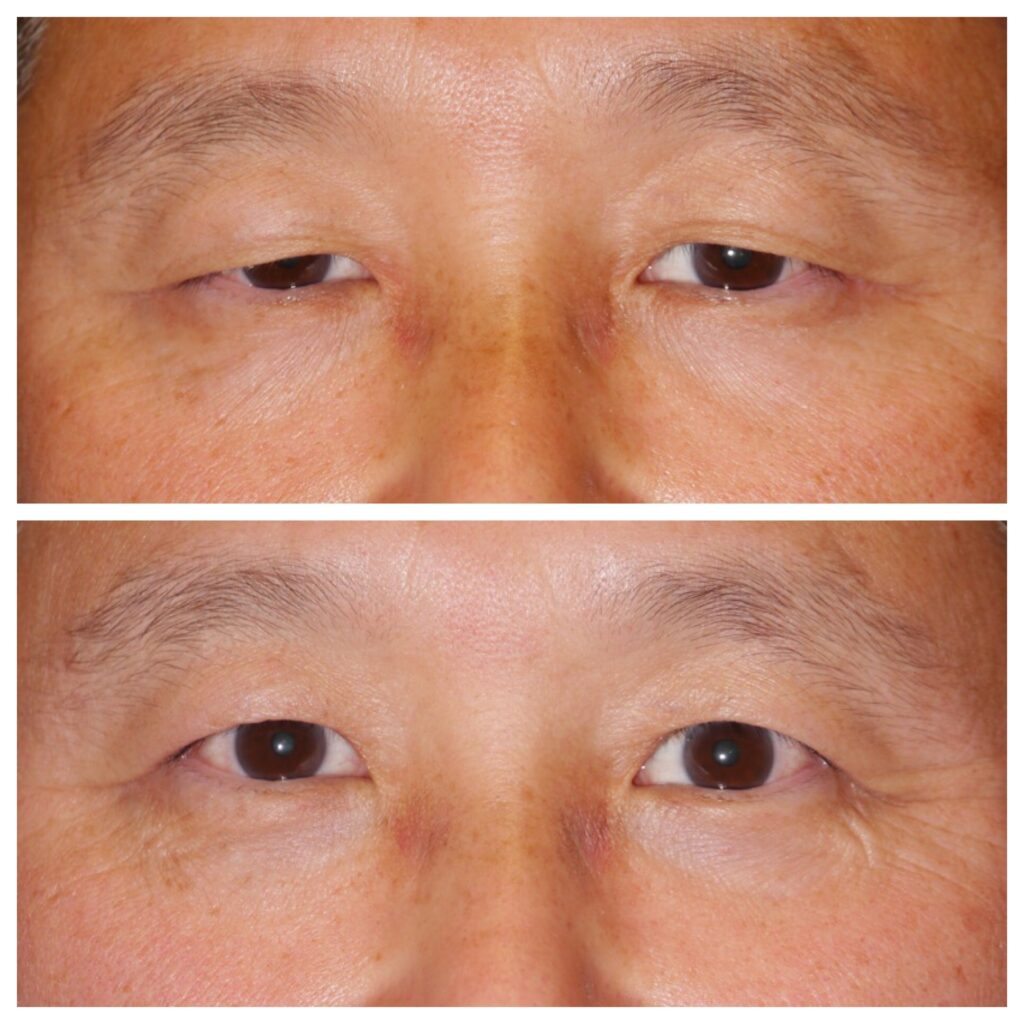
Schedule a Consultation
Drooping eyelids affect many people, and can interfere with both physical confidence and someone’s ability to go about everyday activities. If you would like to get your eyelids examined, contact us to set up an appointment today.



